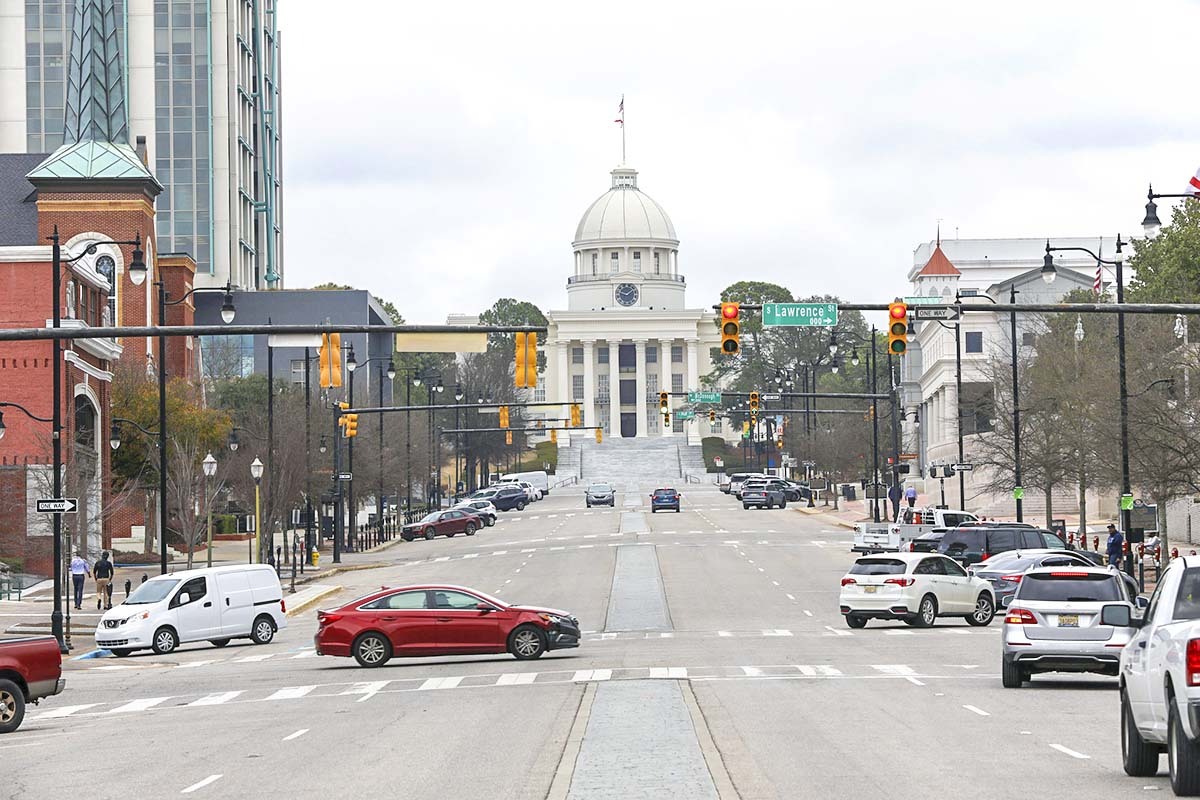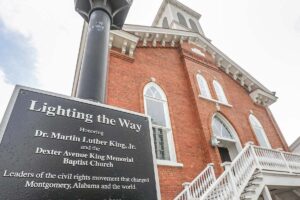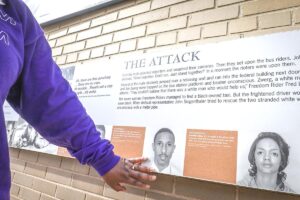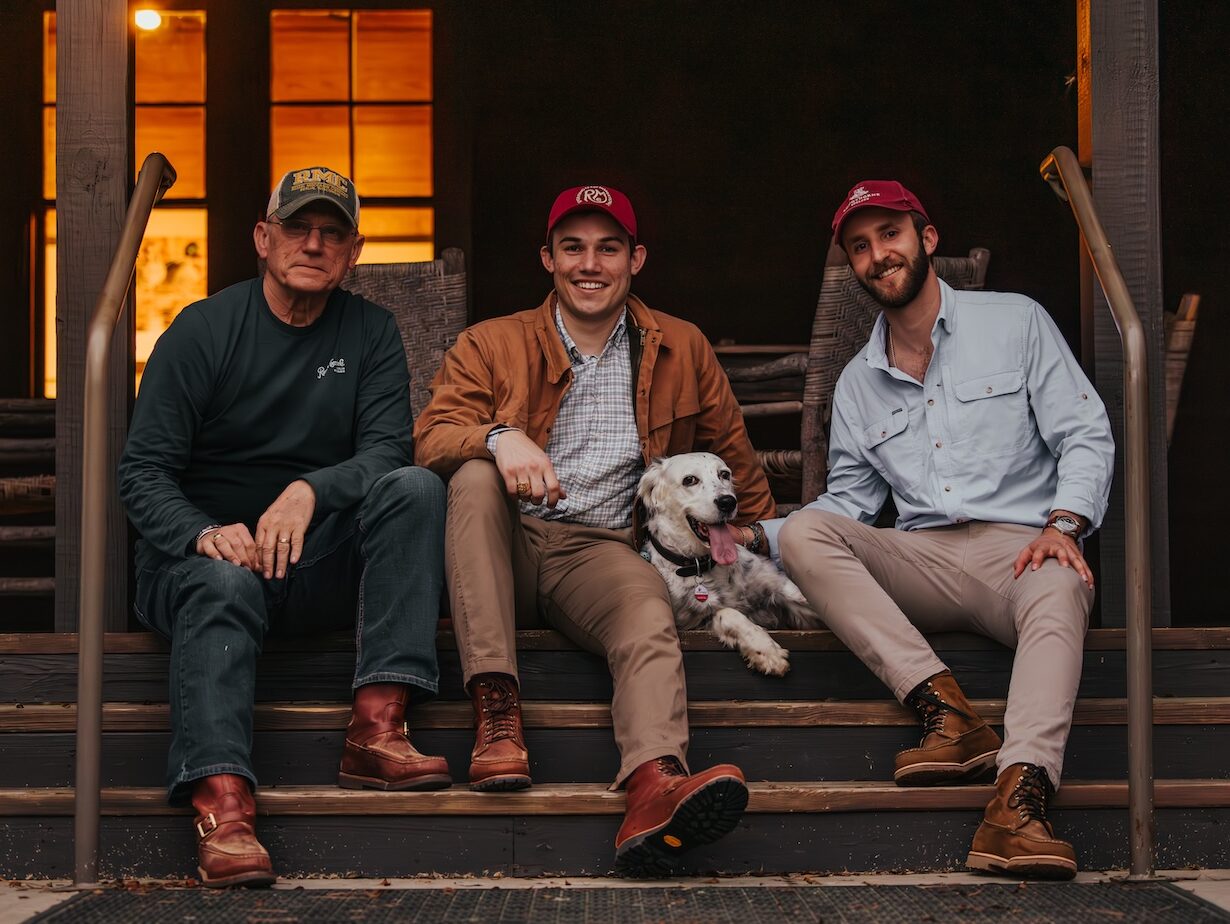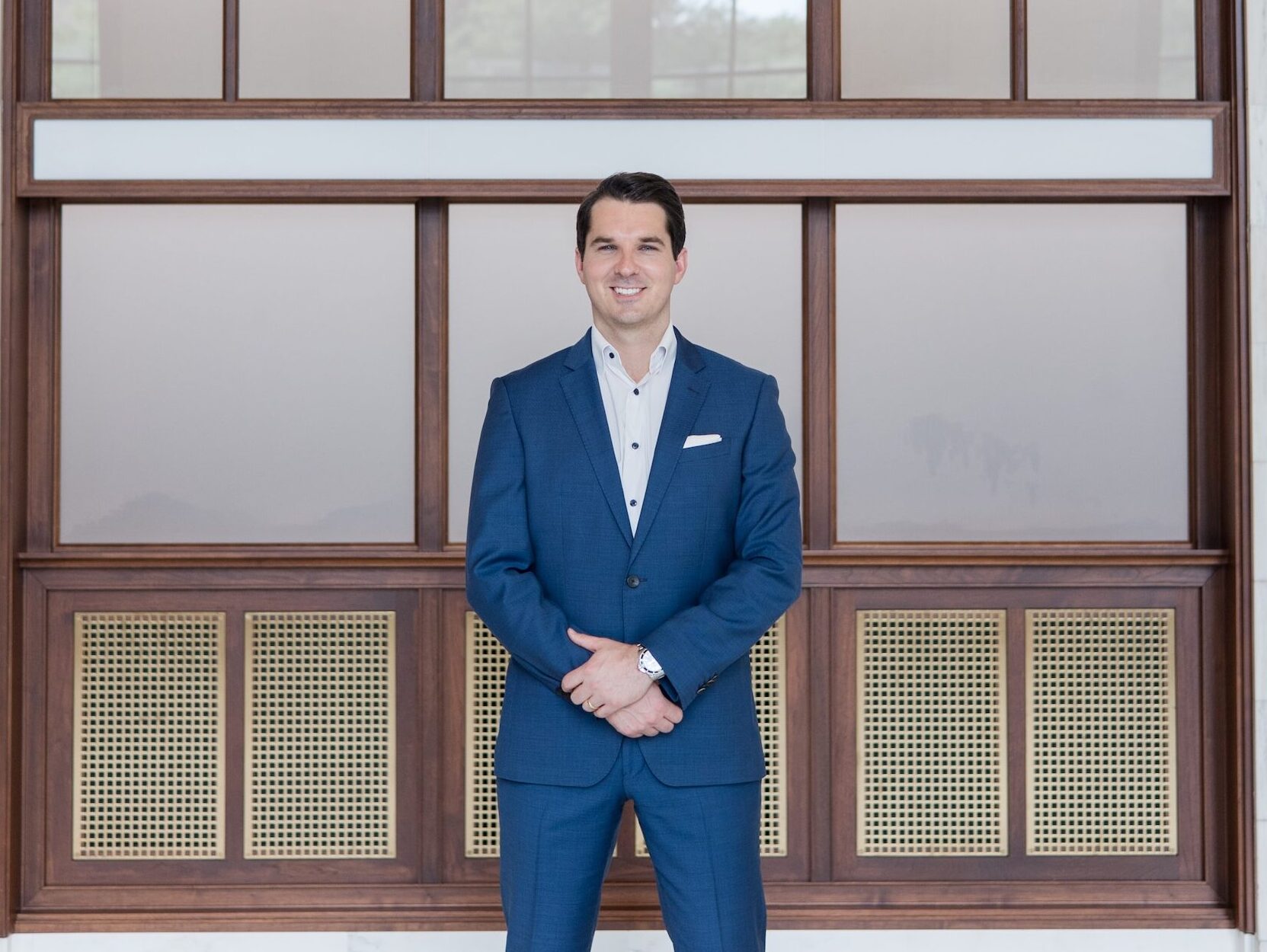Standing in front of one of the most famous churches in America, Robert Birmingham gazes up the street to where the Alabama state capitol sits atop Goat Hill.
Birmingham is the market executive for Regions Bank and a native of Montgomery, Alabama. In front of Dexter Avenue King Memorial Baptist Church, where a young, firebrand preacher first began changing the world, he notes his hometown’s place in history.
“The street has a lot of history,” he said. “It’s the pathway to the entire Civil Rights Movement.”
Yet it’s much more than that. Alabama’s capital city, one of the South’s first major markets, embraces all of its history. Just a few blocks away is the First White House of the Confederacy, where Jefferson Davis resided at the onset of the Civil War. But throughout this city are monuments to the trials and tribulations that followed.
In honor of Black History Month, we can’t think of a better place to spend a February day. Because our latest Good Town honors the foot soldiers and leaders who created a movement that resonates today.
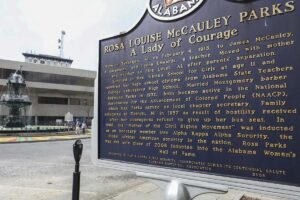
Historic markers throughout downtown Montgomery tell the story, drawing visitors from around the world. (Regions Bank/Contributed)
The Stuff of Legends
From “Unforgettable” to “Route 66,” Nat King Cole’s smooth-as-wine vocals entranced millions throughout his career, crossing over to become a favorite of everyone. But even after his death, the hits kept coming – notably, his posthumous duets on “Unforgettable” and “When I Fall in Love” with daughter Natalie Cole.
But Montgomery’s musical history encompasses so much more, spanning generations and genres.
Before Toni Tennille discovered “Muskrat Love,” she earned local fame as a singer at Sidney Lanier High School and Auburn University. Before he penned “Country Roads Take Me Home,” John Denver attended junior high school in Montgomery while his father was stationed at Maxwell Air Force Base. Meanwhile, Tommy Shaw started as a rocker at a local bowling alley lounge before headlining Styx and Damn Yankees.
Country music sensation Jamey Johnson and blues sensation Clarence Carter also hailed from Montgomery.
And the songs … “Seven Bridges Road,” made famous by the Eagles was an ode to winding Woodley Road and penned by Steve Young. Alan Jackson was inspired to write “Midnight in Montgomery,” while John Prine created the equally memorable “Angel from Montgomery.”
And then there was Hank.
The man who crafted songs that took country music to a global audience came to fame in Montgomery and is buried at Oakwood Cemetery. In the short time before his sudden death at age 29, Hank Williams created 55 Top 10 hits. That doesn’t include “There’s a Tear in My Beer,” the duet Hank Jr. sang with his daddy – 30-plus years after Hank Sr. passed.
But Montgomery’s deep history with art extends beyond music to the Bard himself.
The Alabama Shakespeare Festival (ASF) is in the middle of its 51st season – the last 46 at a stunning campus in East Montgomery that features multiple theaters, the Blount Cultural Park, Shakespeare Garden, the Montgomery Museum of Fine Arts and pastoral walking trails.
It’s in honor of the greatest playwright of all time. While Shakespeare did make a pretty big splash at Stratford-upon-Avon, his association with Montgomery is approaching the length of his legendary life in England.
As ASF Development Director Eve Loeb shows us around, the cast from the upcoming production of “The Tempest” takes a rehearsal break in an outdoor courtyard. As Loeb leads us into the Festival theater, set designers create a ship wreck on stage for the play.
While there’s also a Shakespearean nod to every season, the ASF also focuses on groundbreaking work, often with equality in mind. The company closed out the 2022 season with “Jubilee,” a critically acclaimed acapella musical focused on the story of the Fisk Jubilee singers, who toured the U.S. and Europe in 1871 to raise money for their financially strapped university back in Nashville, Tennessee.
“I grew up here, went to college here and chose to live here,” Robert Birmingham said as we get ready to leave. “I love everything about Montgomery – the history, the music, the arts. And I believe the best is yet to come.”
